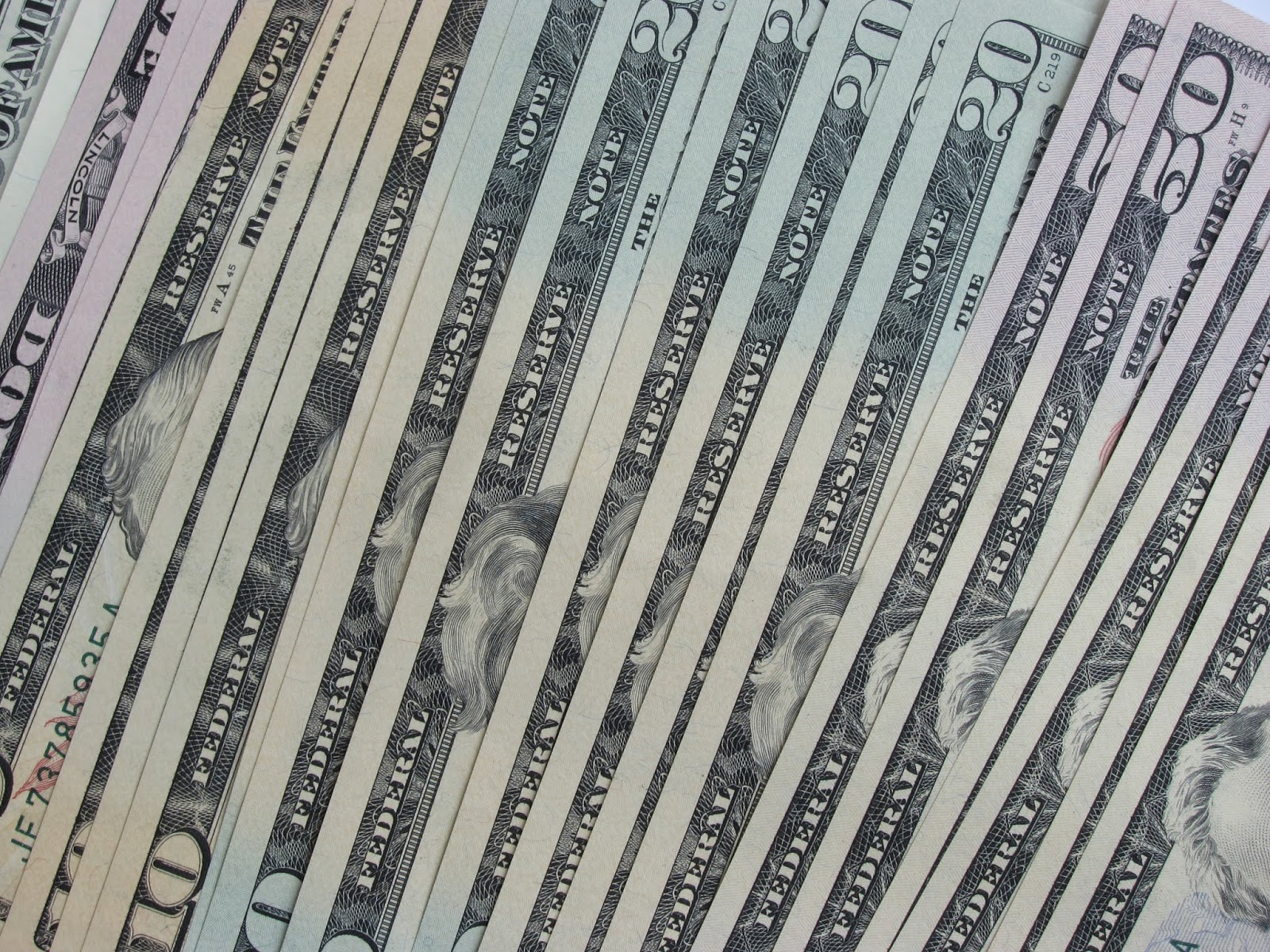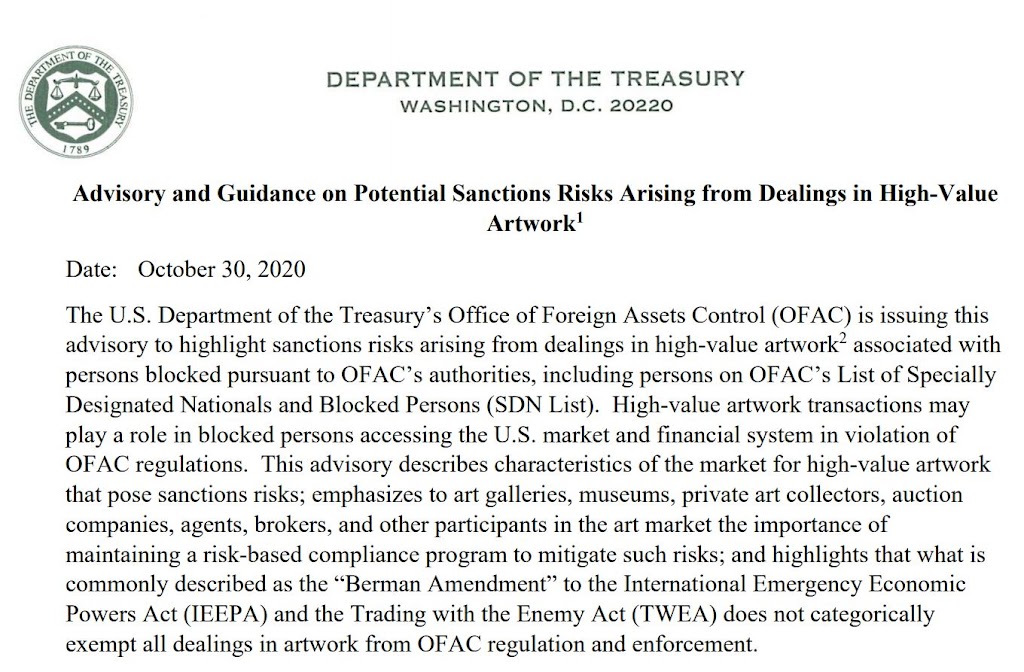$2 Billion Missing in U.S.-U.K. Art and Antiquities Trade. Trade Based Money Laundering or Some Other Explanation?
The U.K. was the number one source of archaeological, historical, and ethnological material imported into the United States in 2013 (HTS 9705.00.0070 goods). In the broader art and antiquities markets, the U.K. ranked number two–second only to France–in the value of all HTS 97 goods imported by the U.S. last year.
According to data generated by HM Revenue and Customs, the U.K. reported a declared value of exports to the U.S. in 2013 of £2,202,630,107 worth of HTS 97 art, collectors pieces, and antiques. That total translates to $3,700,640,000 as measured by the currency exchange rate effective on April 22, 2014.
In contrast, the 2013 data compiled from the U.S. International Trade Commission show that America imported from the U.K. only $1,675,476,108 worth of HTS 97 goods. The difference between the total declared value of HTS 97 goods exported from the U.K., and the total declared value of HTS 97 goods imported for consumption into the U.S. during 2013 amounts to $2,025,163,892.*
Because the published values do not match by over $2 billion, they should be analyzed carefully by trade experts to find out why this money is missing from the trade data. Commercial lawyers and customs attorneys, for example, should examine how the value differences can be justified, if at all, by changing currency valuations or other relevant factors.
[UPDATE May 5, 2014: The trade data for a five year period, from 2009-2013, is examined in CHL’s post here.]
The data need to be studied by law enforcement too, particularly since customs values for U.S. imports are not determined by government record keepers; they are amounts supplied by importers, which are then written on customs entry forms. As U.S. Immigration and Customs Enforcement correctly observes, “Global trade is frequently used by criminal organizations to move value around the world through the complex and sometimes confusing documentation that is frequently associated with legitimate trade transactions.”
Customs authorities particularly should probe whether there may be evidence of trade based money laundering (TBML). TBML permits criminal networks to earn and transfer money by hiding and remitting profits within the stream of the legal marketplace. One TBML technique is to import goods into the U.S. at an undervalued amount.
The $2 billion difference between HTS 97 goods exported from the U.K. and imported into the U.S. warrants scrutiny on both sides of the Atlantic, particularly because the legitimate–but opaque–art and antiquities markets are susceptible to terrorist financing risks, money laundering, and black market operations. The preservation of both cultural heritage and the legal marketplace demands that answers be found to explain the $2 billion missing from the U.S.-U.K. art and antiquities trade.
*Trade data for HTS 97 goods is examined over a five year period in a blog post dated May 5, 2014. The 2013 U.S. data used for the five year comparison looks at general import values rather than values for imports for consumption, which is used in this blog post. Also, the currency conversion rates used in the five year data in the May 5 blog post are all from December 31 for each year, respectively, from 2009 through 2013. The currency conversion rate used to convert GBP to USD in the April 22, 2014 blog post here is the rate published on April 22, 2014. This information accounts for any differences in values reported here versus the values reported in the May 5 blog post.
Photo credit: Darren Deans



